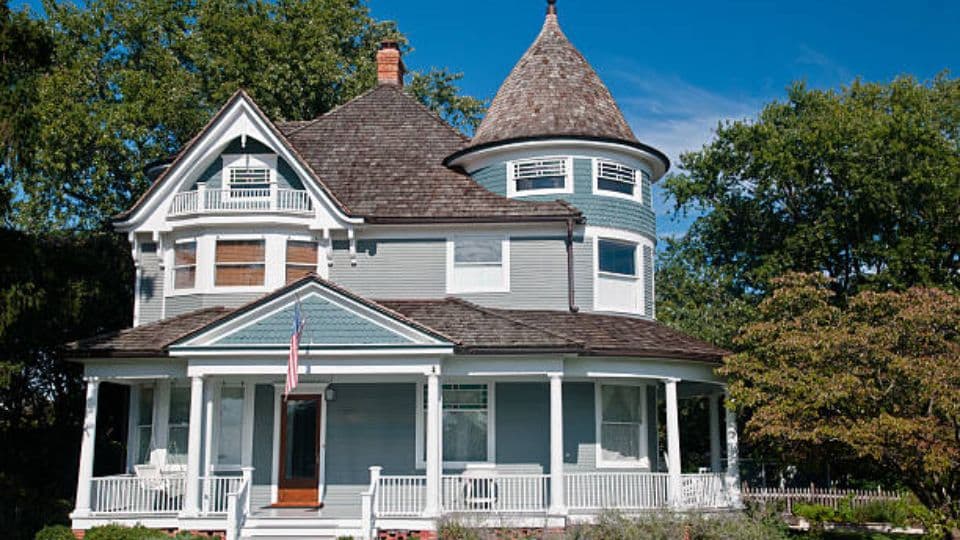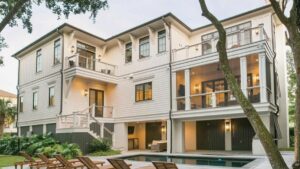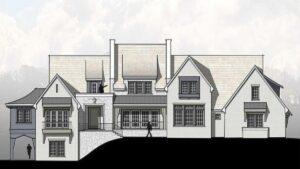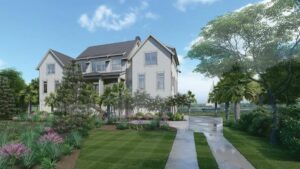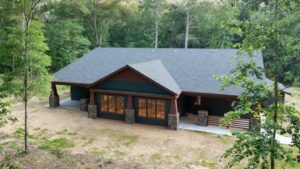If you’re a fan of architecture, then you know that the Victorian style is one of the popular and well-known styles in history. Homes in the Victorian style emerged during the reign of Queen Victoria between the 1830s and 1910s. They were inspired by past house designs ranging from Gothic to Neoclassical. We will discuss six types of Victorian-style houses, from Italianate to Stick Style.
1) Italianate
Low-pitched roofs, round-arched windows, and tall cornices characterize Italianate homes. These houses were famous in Europe and America during the second half of the 19th century. These houses include tall towers, open porches with arched or pedimented roof lines, and bay windows.
2) Gothic Revival
Gothic revival homes have steeply pitched roofs and pointed arch windows with decorative tracery. Gables and dormers mark these homes; steeply pitched roofs, patterned shingles, and lancet windows provide a distinct look to the home’s exterior. This style of architecture became popular in the mid-19th century, but many Gothic revival homes are still around today. Inside these homes, you’ll find tall, narrow rooms with large stained glass windows and vaulted ceilings with elaborate woodwork.
3) Stick Style
This type of Victorian style originated in the mid-1800s and is characterized by its long, vertical boards that contrast with horizontal cross pieces. Stick-style houses are usually two stories tall with low-pitched roofs and often feature detailed spindles and ornamental brackets on their porches, balconies, and roofs. Windows in this type of Victorian house may feature pointed arches, diamond-paned windows, or elaborate hood molds. Stick-style houses usually feature decorative elements like cresting along the rooflines and gable ends.
4) Eastlake Style
The Eastlake style originated in England during the mid-1800s and is named after popular British designer Charles Eastlake. It reacted to the highly decorative style of the Victorian era and instead featured more simplistic designs with geometric shapes, panels, and spindles. The exterior walls were often painted in earth tones like brown or green, with some trim in lighter shades like yellow. In addition to the facade, these homes typically had strong details like arched entryways, patterned shingles or roofs, and bay windows. They often featured elaborate interior elements like carved wooden doors, ornate fireplaces, stained glass, and colorful wallpapers that contrasted with the simpler exterior design.
5) Second Empire
A steeply-pitched roofline, corner turrets, and ornate trim mark the Second Empire-style houses of the Victorian era. Characteristic elements include tower-like structures on each side of the main entrance and decorative window frames in the “acorn” shape. Decorative molding along the eaves and around windows and doors will often feature intricate geometric patterns or flower motifs. The Second Empire style was most popular from the 1860s to the late 1880s, and it can be found in many cities across the United States today, although they are more likely to be modified with modern features.
6) Queen Anne Houses
Queen Anne houses are generally characterized by their multicolored, asymmetrical façade and steeply pitched rooflines. The style is a blend of several different architectural styles from the period, including the Second Empire, Italianate and Gothic Revival. Interior features include high ceilings, ornamental fireplaces, stained glass windows, and detailed woodwork.
Victorian-style homes have a unique charm, and they’re still popular today. Contact Vinyet Architecture for the best architect in Charlotte, NC. We can help you construct your dream Victorian-style house.

